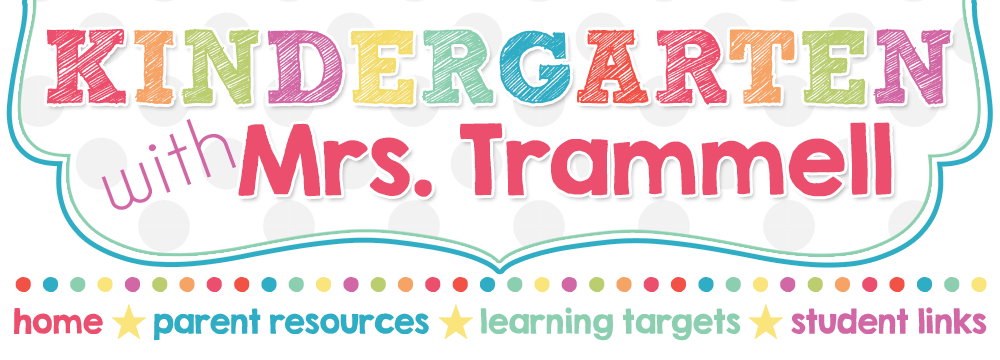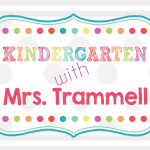Previously, the students and I talked about what made writing hard. These past weeks we focused on two things that good writers do which might make writing easier.
One week we worked on the big idea of writing is just telling with a pencil. We learned that we can write about something exciting, important, or news-worthy (like when we share our big news in the morning). We learned that writers write about people and places that are important, likable, and memorable. We learned that writers write about what he or she knows a lot about.
The other big idea we learned and practiced all week was that writers tend to follow a process. The process we followed this week was this:
Step 1: Think of an idea. Remember, writing is just telling with a pencil. (The students share their ideas verbally before I release them to write).
Step 2: Draw a picture of your idea. Remember to show who is in the story, where the story is taking place, and what is happening in the story. If a writer is writing about something he or she knows a lot about, the picture needs to show what the writing is going to be about.
Step 3: Write the words that go along with the picture. As you can imagine, we are going to be spending a lot of time making sure our readers can understand the words we are writing. We'll continue with step three for a long time.
In upcoming lessons and small group work, we'll be working on writing all of the sounds we hear when we say a word, putting spaces between words, and using punctuation marks to show our readers that we are finished with what we have to say.
Things have gone so well that I introduced our grading scale for writing. We discussed that writing is graded from a score of 1 to 5 with 1 being the lowest score and 5 being the highest. We're striving for fives! Last week we talked about what a score of one would look like. If a reader cannot understand a picture (because it is all scribbles with no attention to shapes, details, or colors), and if no story was attempted (either the author couldn't tell what the story was about or no letters were attempted, for example), then the writing would receive a one. Now that we know what a score of 1 looks like, we don't want to do that as writers, right? What is the point of writing when a reader cannot understand what is going on? As we continue along our journey in writing, we'll discuss further what each of the scores look like.
Students were eager to write each day. It's a wonderful way to start off each school day!
Subscribe to:
Post Comments (Atom)




No comments:
Post a Comment